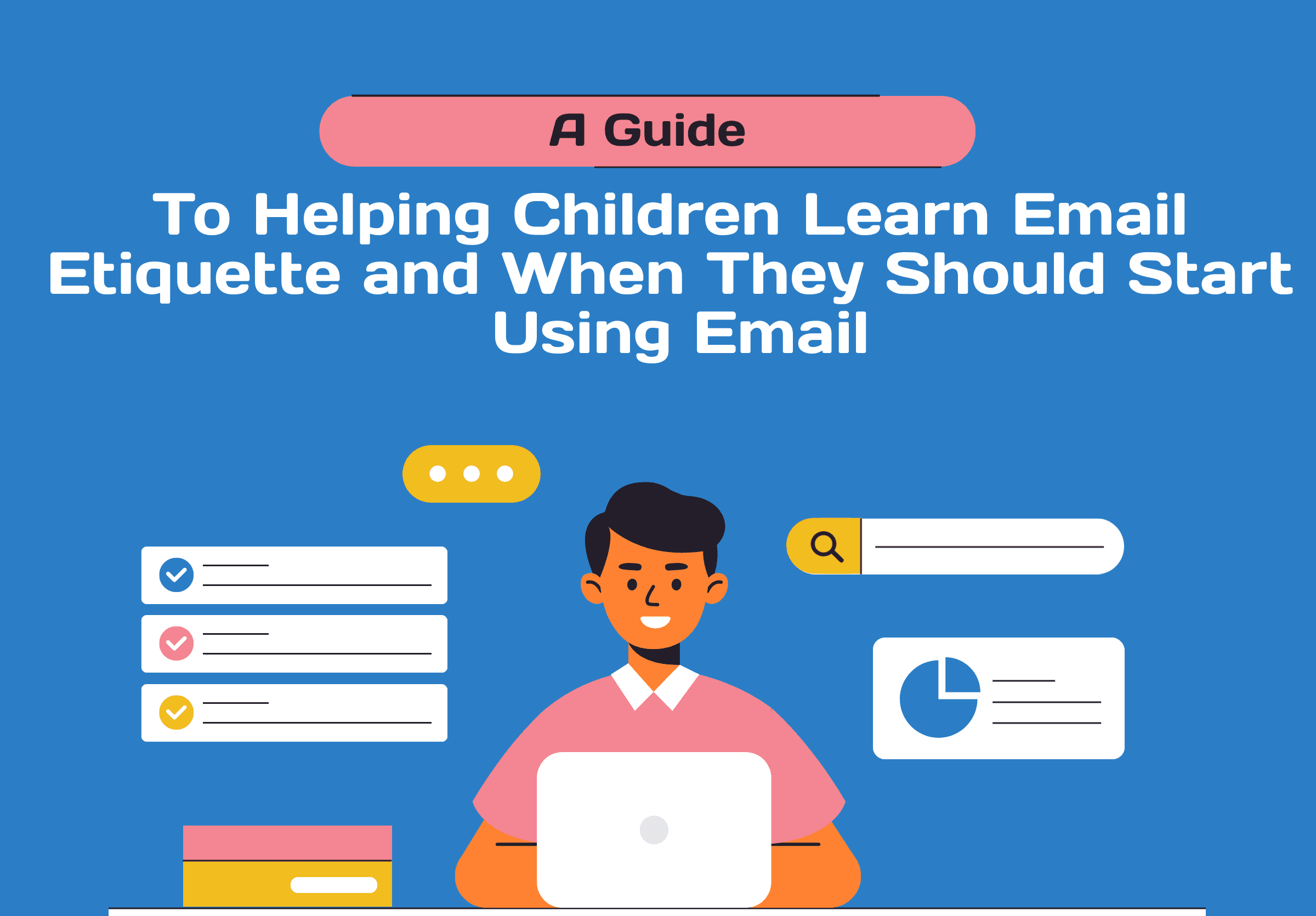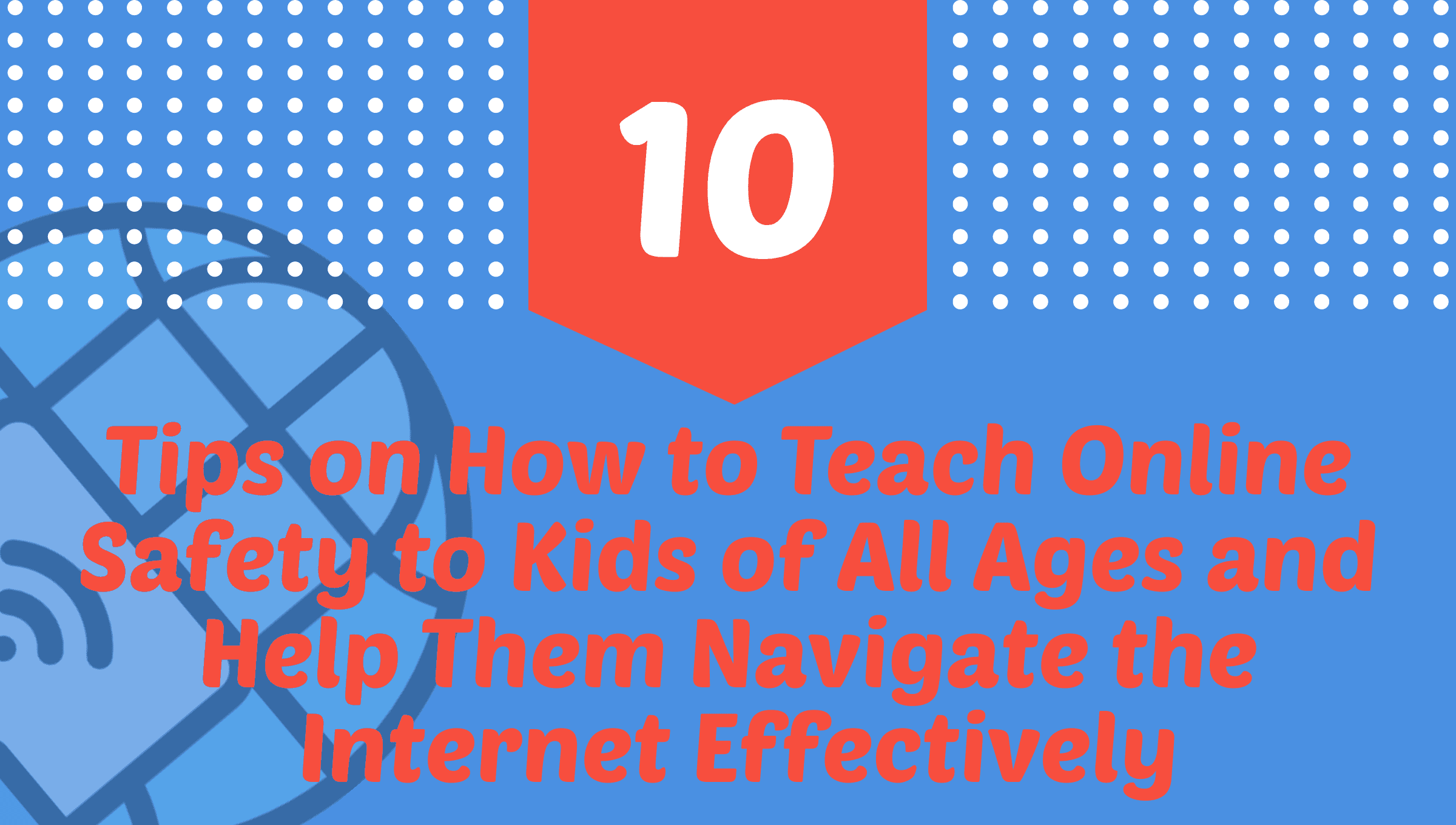Table of Contents

Numerous children in the United States are tragically affected by child abuse and neglect. The National Children’s Alliance estimates that abuse or neglect affects over 700,000 children in the US each year. The essential need for action to safeguard our youth is highlighted by this worrying number.
As contributing members of society, it is our duty to remain watchful and to report any instances of abuse or neglect that we may notice. You can take the following actions if you think a kid is being mistreated or neglected:
- Recognize the Signs: Knowing the signs of abuse or neglect is the first step in identifying when a child is in danger. Signs may include unexplained injuries, changes in behavior, fear of a particular person or situation, or a child’s failure to thrive.
- Report Your Suspicions: If you suspect a child is being abused or neglected, it’s important to report your concerns to the appropriate authorities. You can contact your local child protective services agency or the police. If you’re unsure who to contact, you can call the Childhelp National Child Abuse Hotline at 1-800-4-A-CHILD (1-800-422-4453).
- Follow Up: Reporting suspected abuse or neglect is just the first step. It’s important to follow up and ensure that the child is receiving the necessary support and services. You can also offer support to the child and their family during this difficult time.
Knowing when a child is in danger requires being able to recognize the symptoms of child abuse or neglect. Here are some typical warning signs of child abuse or neglect that you should watch out for:
- Unaccounted-for injuries: Abused children may have unclear fractures, burns, or bruises, as well as wounds healing at different rates, indicating a repetition of maltreatment.
- Behaviour changes: Abused or neglected children may demonstrate behavioral changes like withdrawal, worry, or aggression, and may struggle with eating or sleeping.
- Fear of someone or something: Abused or neglected children may develop fear of a specific person or situation, like a parent, caregiver, or home.
- Lack of supervision or poor hygiene: Poor hygiene, unclean clothes, or bad body odor may indicate neglect. Neglected children may also be left alone without guidance.
- Inappropriate sexual behavior: Children who have underwent sexual abuse may engage in sexualized play or other inappropriate sexual activity.
Long-Term Effects of Child Abuse and Neglect
Child abuse and neglect can have profound and lasting effects on a child’s physical, emotional, and psychological well-being. Understanding these long-term consequences is crucial in addressing the issue comprehensively.
Physical Consequences
- Health Issues: Children who experience abuse or neglect may suffer from various health problems, ranging from chronic pain to neurological disorders. The stress and trauma associated with maltreatment can compromise their immune systems, making them more susceptible to illnesses.
- Developmental Delays: Neglected children may experience delays in physical and cognitive development. Lack of proper nutrition, medical care, and emotional support can hinder a child’s growth, both physically and intellectually.
Emotional and Psychological Consequences
- Mental Health Disorders: The emotional toll of abuse can lead to mental health issues such as anxiety, depression, and post-traumatic stress disorder (PTSD). Without proper intervention, these conditions can persist into adulthood.
- Attachment Issues: Children who are abused or neglected may struggle with forming healthy attachments to caregivers or peers. This can impact their ability to build trusting relationships throughout their lives.
- Low Self-Esteem: Constant criticism, neglect, or emotional abuse can contribute to low self-esteem in children. This can manifest as a lack of confidence, self-worth, and a pervasive sense of inadequacy.
Barriers to Reporting and Overcoming Them
While the importance of reporting child abuse and neglect cannot be overstated, various barriers often prevent individuals from taking action. Recognizing and addressing these barriers is essential for creating a safer environment for children.
Fear of Retaliation
- Perpetrator’s Threats: Individuals who witness abuse may fear retaliation from the abuser, especially if the abuser is a family member or someone close to the child.
- Lack of Anonymity: Concerns about confidentiality and the fear of being identified as the reporter can deter individuals from coming forward.
Cultural and Societal Factors
- Cultural Stigma: Cultural norms and beliefs can contribute to the underreporting of abuse. Some communities may stigmatize those who expose familial issues, leading to a reluctance to report.
- Lack of Awareness: Many people may not be fully aware of the signs of abuse or may underestimate its prevalence, reducing the likelihood of reporting.
Strengthening the Reporting System
Efforts to combat child abuse and neglect extend beyond individual reporting. Enhancing the reporting system itself is crucial for ensuring a more effective response to cases of maltreatment.
Streamlining Communication
- Interagency Collaboration: Improved collaboration between child protective services, law enforcement, healthcare professionals, and educational institutions can facilitate a more coordinated and comprehensive response.
- Public Awareness Campaigns: Initiatives to raise awareness about the reporting process and the signs of abuse can empower communities to take action and protect vulnerable children.
Supportive Interventions
- Trauma-Informed Care: Ensuring that children who have experienced abuse receive trauma-informed care is essential for their recovery. This approach recognizes the impact of trauma on a child’s mental and emotional well-being.
- Counseling Services: Accessible and culturally sensitive counseling services for both children and their families can aid in healing and breaking the cycle of abuse.
In the continued effort to protect children from abuse and neglect, it is imperative that individuals, communities, and institutions work together to create an environment where reporting is encouraged, barriers are dismantled, and the well-being of every child is prioritized. In the next section, we will explore the role of education in preventing child abuse and equipping individuals with the knowledge and skills needed to intervene effectively.
The Role of Education in Preventing Child Abuse
Education plays a pivotal role in preventing child abuse by empowering individuals with the knowledge and skills needed to recognize, report, and address instances of maltreatment. Here, we delve into the various ways in which education can serve as a powerful tool in the fight against child abuse.
Incorporating Child Protection in School Curricula
- Early Education on Boundaries: Implementing age-appropriate lessons on personal boundaries, consent, and respectful behavior helps children understand their rights and fosters a culture of respect from an early age.
- Teacher Training Programs: Educators should receive training on recognizing signs of abuse and neglect, creating a supportive classroom environment, and effectively communicating with authorities when concerns arise.
Community Workshops and Training
- Parental Education: Offering workshops for parents and caregivers on positive parenting techniques, stress management, and effective communication can contribute to creating a nurturing home environment.
- Community Outreach Programs: Collaborative efforts between local organizations, schools, and healthcare providers can provide training sessions for community members, enhancing their ability to identify and report child abuse.
By integrating these educational strategies into our communities and institutions, we can build a society where the safety and well-being of children are prioritized, and instances of abuse are prevented or promptly addressed. In the final section, we will explore the crucial role of technology in reporting and preventing child abuse in the digital age.
Leveraging Technology to Combat Child Abuse in the Digital Age
In an era dominated by technology, leveraging digital tools becomes imperative in the fight against child abuse. The digital landscape presents both challenges and opportunities, making it crucial to harness technology for reporting, prevention, and intervention.
Online Reporting Platforms
- Anonymous Reporting Apps: The development and promotion of user-friendly, anonymous reporting apps can encourage individuals to report suspected cases of abuse without fear of retaliation.
- Web-Based Resources: Establishing easily accessible online resources, including information on the signs of abuse, reporting procedures, and available support services, can empower individuals to take prompt action.
Digital Awareness Campaigns
- Social Media Advocacy: Harnessing the power of social media platforms for awareness campaigns can reach a broad audience, educating the public on the importance of reporting and the signs of child abuse.
- Online Training Modules: Creating digital training modules for educators, healthcare professionals, and community members ensures that individuals stay informed about the latest developments in child protection.
Technological Solutions for Child Safety
- Monitoring and Filtering Tools: Parents can utilize technological tools, such as monitoring and filtering software, to safeguard their children’s online activities and protect them from potential harm.
- Digital Forensics for Investigations: Law enforcement can leverage digital forensics tools to gather evidence in cases of online exploitation and abuse, ensuring a comprehensive approach to child protection.
Conclusion: A Unified Front Against Child Abuse
In the face of the alarming statistics surrounding child abuse and neglect, it is evident that a multi-faceted approach is required to protect our youth effectively. From recognizing the signs of abuse to implementing educational initiatives and leveraging technology, our collective efforts must be unwavering and comprehensive.
As we move forward, the integration of educational programs into school curricula and community workshops is paramount. By fostering a culture of awareness and empathy, we empower individuals, young and old, with the tools they need to identify and report instances of child abuse. Ensuring that teachers, caregivers, and community members are well-versed in recognizing the signs of maltreatment establishes a front line of defense against this pervasive issue.
Technology, with its ever-expanding reach, emerges as a crucial ally in our battle against child abuse. Online reporting platforms, digital awareness campaigns, and technological solutions for child safety equip us with the means to navigate the challenges of the digital age. Anonymity and accessibility become key components in encouraging individuals to report suspected cases, while social media advocacy extends the reach of awareness campaigns to a global scale.
However, our commitment doesn’t end with reporting; it extends to the crucial follow-up and support that abused or neglected children desperately need. The collaboration of child protective services, law enforcement, healthcare professionals, and educators ensures a holistic approach to addressing these cases. Trauma-informed care and counseling services play a pivotal role in healing the emotional and psychological scars left by abuse.
In conclusion, safeguarding our children requires a united front against child abuse. It demands the active participation of individuals, communities, and institutions. By reinforcing the importance of education, both in traditional and digital formats, and by fostering a culture that prioritizes child safety, we pave the way for a future where no child has to endure the devastating effects of abuse and neglect.
As we strive for a society where the well-being of every child is paramount, let us remain vigilant, informed, and compassionate. Only through sustained effort and collective action can we create a world in which children are free to grow, learn, and thrive in an environment of safety, love, and support. Together, we can break the cycle of abuse and build a brighter, more secure future for generations to come.
FAQ
How can I recognize child abuse or neglect?
Look out for unexplained injuries, changes in behavior, fear of certain people or situations, lack of supervision, poor hygiene, and inappropriate sexual behavior in children.
What should I do if I suspect a child is being abused or neglected?
Report your suspicions to the appropriate authorities, such as local child protective services or the police. If unsure, call the Childhelp National Child Abuse Hotline at 1-800-4-A-CHILD (1-800-422-4453).
What are the long-term effects of child abuse and neglect?
Child abuse and neglect can lead to various physical, emotional, and psychological consequences, including health issues, developmental delays, mental health disorders, attachment issues, and low self-esteem.
What are some barriers to reporting child abuse and neglect?
Fear of retaliation, lack of anonymity, cultural stigma, and lack of awareness are common barriers to reporting child abuse and neglect.
How can we strengthen the reporting system for child abuse and neglect?
Streamline communication between agencies, raise public awareness through campaigns, provide trauma-informed care and counseling services, and offer educational programs on recognizing and reporting abuse.



